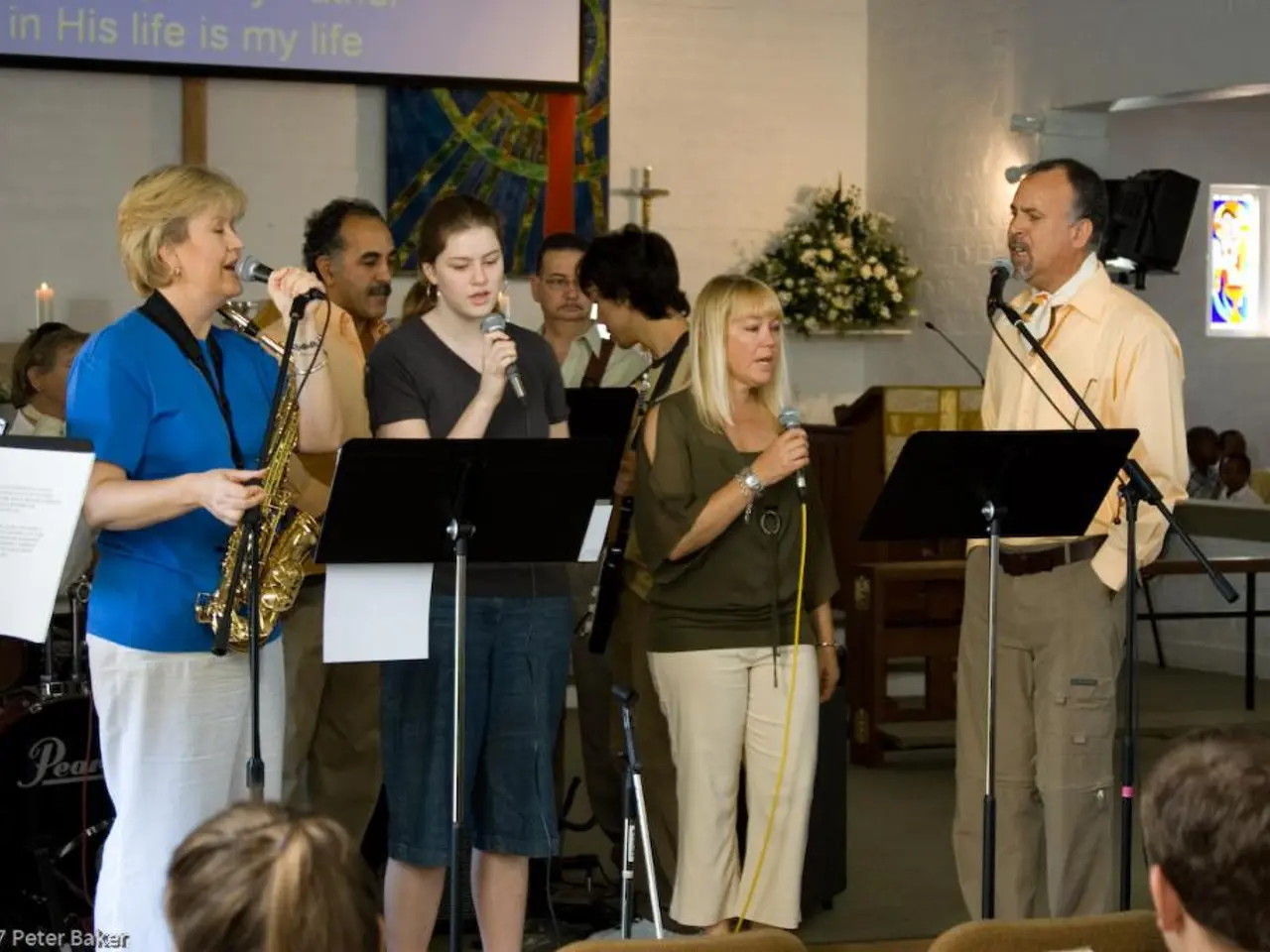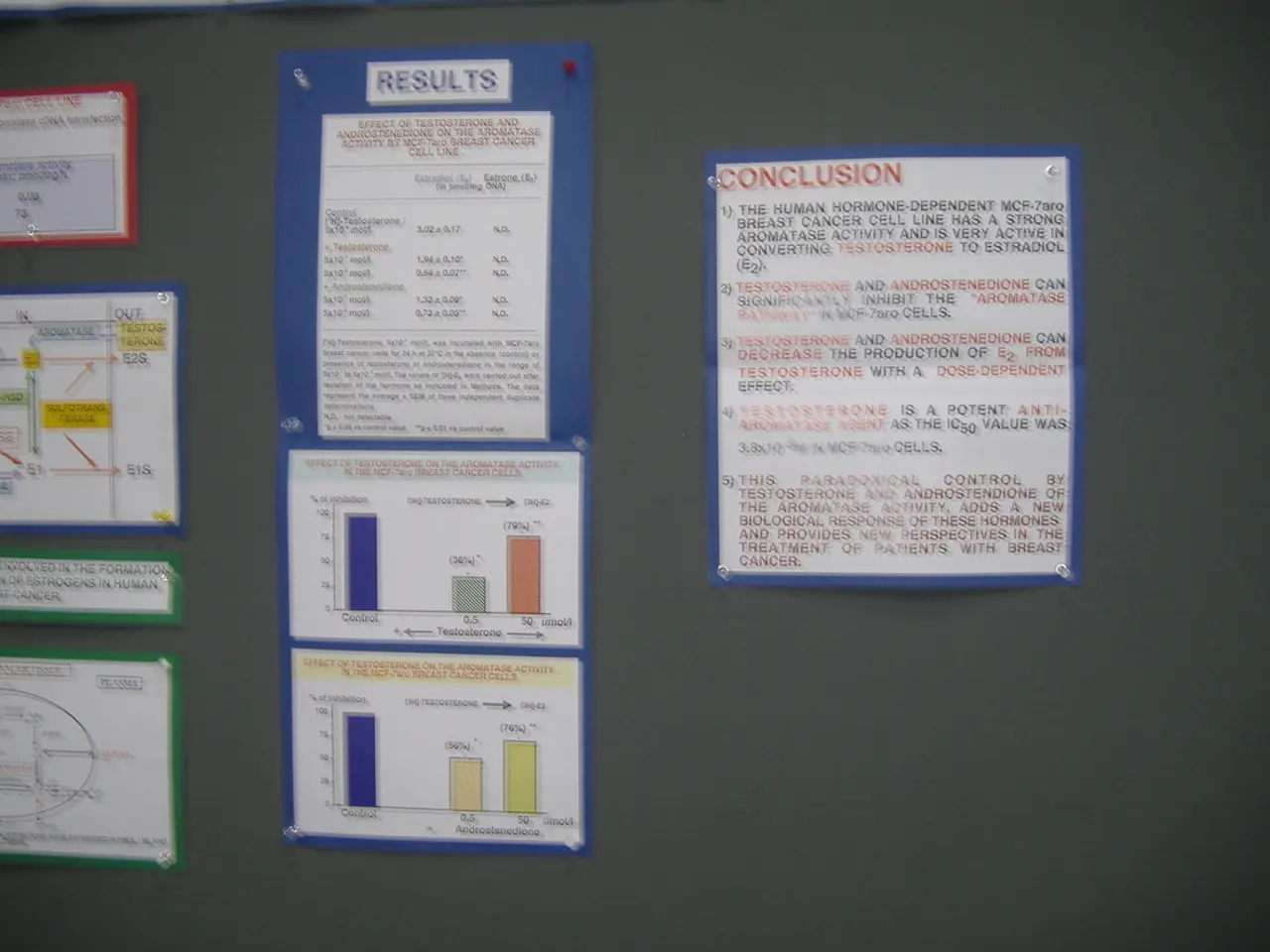Spending Habits Differentiating the Rich from the Poor: Uncommon Expenditures among Wealthier Classes
In many lower-income communities, access to traditional banking services is limited, leading some individuals to rely on check cashing services with high fees. This is just one of the financial challenges faced by those struggling to make ends meet.
In economically disadvantaged areas, often referred to as 'food deserts', limited access to affordable grocery options and constrained time resources lead to dependency on expensive convenience foods. This, coupled with emotional and impulse spending, avoidance of financial planning and goal setting, present-focused spending amid economic futility, and higher cost burdens and service usage, can exacerbate economic disparities.
Lower-income individuals frequently make purchases based on emotions rather than logic, leading to buying non-essential or convenience items that accumulate and strain limited budgets. The lack of financial planning and goal setting often results in reactive money management, living paycheck to paycheck without a safety net for emergencies or future needs.
Present-focused spending, such as travel, dining, and entertainment, sometimes funded through credit, is a trend observed among lower-income groups. This pattern can be accentuated by social pressures and FOMO (fear of missing out), which encourage spending beyond means to maintain social inclusion.
Lower-income people often spend disproportionately more on essential services and fees, such as higher interest loans, payday lending, insurance premiums, and fee-for-service healthcare with lower-quality care. This structural cost inflation drains resources from wealth-building opportunities.
These patterns contribute to deepening economic disparities by creating a cycle of debt and financial instability, lack of wealth accumulation, and social and psychological pressures that encourage spending beyond financial capacity.
Other financial burdens faced by lower-income groups include the high cost of smoking, prepaid cell plans, and lottery tickets. Smoking rates are often higher among lower-income individuals, and the cost of cigarettes can take up a significant portion of a limited budget. The allure of lottery tickets is significant among lower-income groups, who often see them as a potential escape from financial hardship.
Rent-to-own services offer the acquisition of furniture or appliances with the promise to own the item after a set period of rentals, but the cumulative cost exceeds the original purchase price. The health and economic impacts of relying on convenience foods contribute to poor dietary habits and greater expenditure on less sustenance.
Initiatives to promote financial literacy, easier access to cost-effective alternatives, and smoking cessation in lower-income communities are crucial. These initiatives should take into account both the allure of smoking and the socioeconomic factors that sustain this costly habit. By addressing these financial challenges, we can help break the cycle of poverty and work towards reducing economic inequality.
- In the realm of education and self-development, providing financial literacy classes in economically disadvantaged areas could empower individuals with knowledge about personal-finance management, helping them avoid high-fee services and make informed decisions about their money.
- To mitigate the strain on limited budgets, promoting affordable and nutritious food options, as well as encouraging long-term financial planning and goal setting, would help shift spending habits away from expensive convenience foods and emotional purchases, thereby reducing economic disparities.
- General news outlets could focus on showcasing positive stories and solutions in lower-income communities, such as successful businesses operated by locals, to inspire entrepreneurship and financial independence, thereby breaking the cycle of financial instability and poverty.




